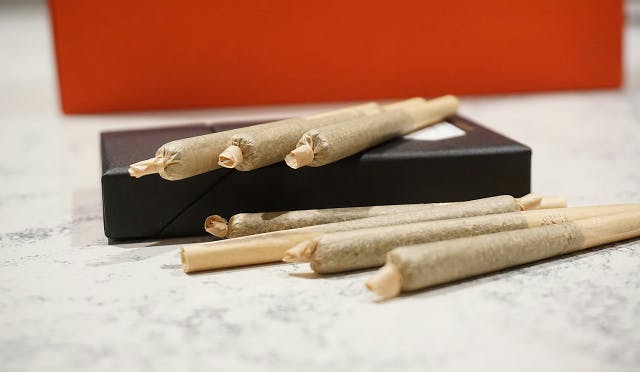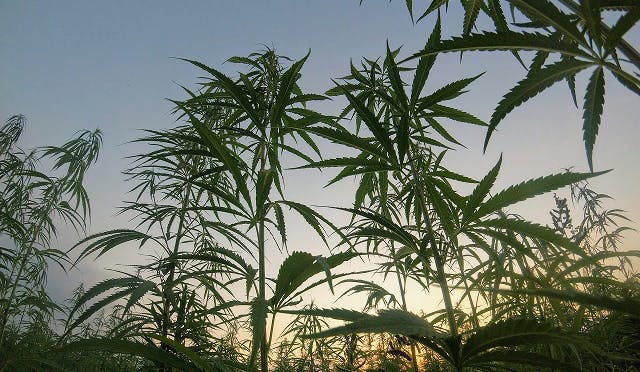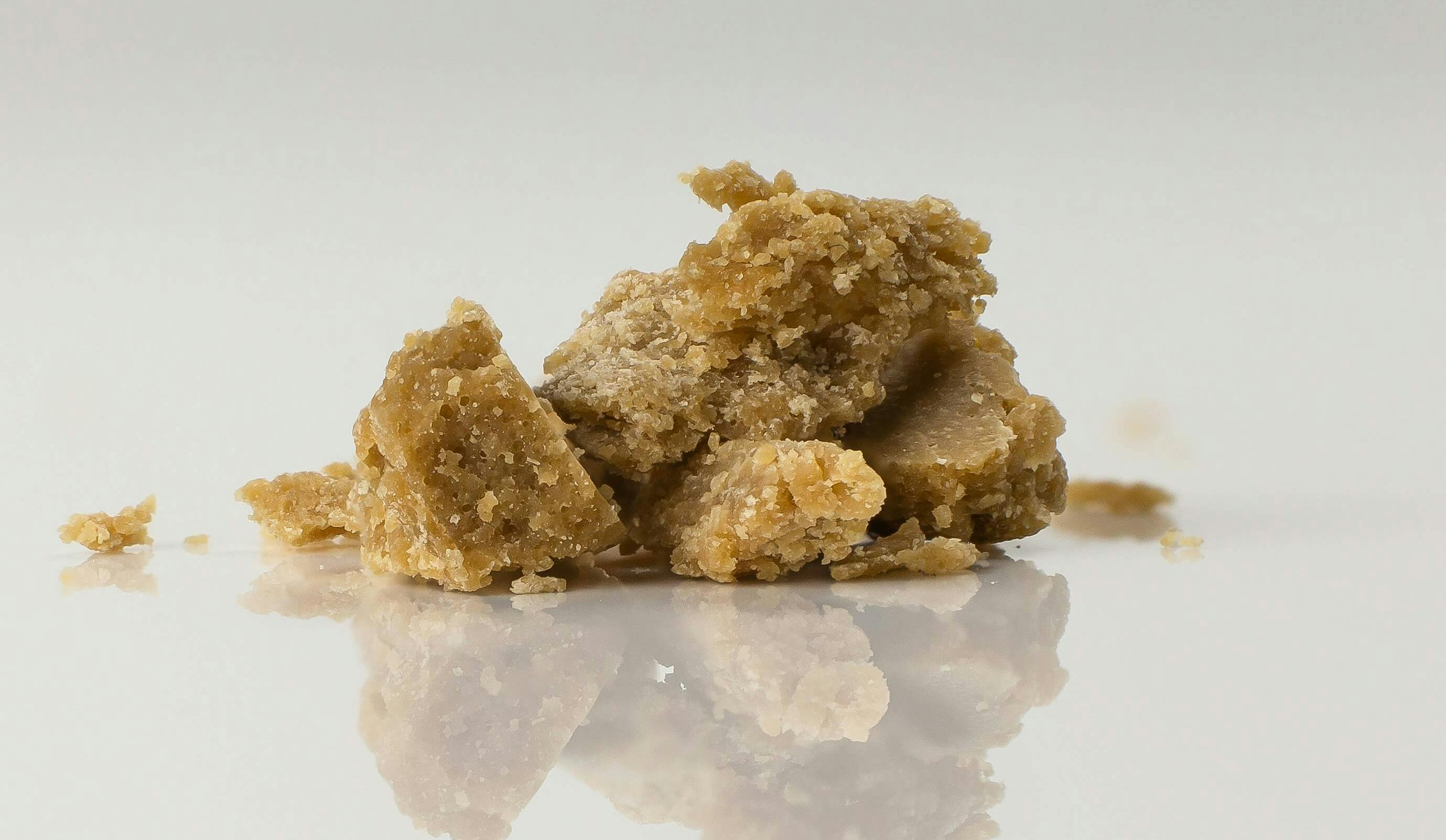Walking into a cannabis dispensary for the first time can be overwhelming. Even regular customers sometimes pause at the sight of a detailed menu filled with product types, strange strain names, percentages, and unfamiliar terms.
Whether you're shopping in person or browsing online, knowing how to read a cannabis dispensary menu is key to making informed choices that suit your preferences and needs.
This guide breaks it all down — from product categories to potency, terpene profiles, and questions worth asking before you make a purchase.
Why Reading the Menu Matters
Cannabis menus are more than just price lists. They help you understand what each product offers and how it might affect you. Each item is there for a specific purpose, whether it’s to support sleep, manage pain, reduce anxiety, or just help you relax after a long day.
Understanding how to interpret a dispensary menu allows you to:
- Select the right product for your experience level
- Compare THC and CBD levels
- Decide on the best method of consumption for your lifestyle
- Ask the right questions when speaking with dispensary staff
A well-read menu leads to a smoother and safer cannabis experience.
Breaking Down the Product Categories
Menus are typically divided into categories based on how the cannabis is consumed. Here are the most common sections you’ll see:
1. Flower (or Bud)
This is the most traditional form of cannabis — the dried, cured blossom of the plant. You'll often see flowers categorized by strain types:
- Indica: Generally associated with calm, body-heavy effects
- Sativa: Often described as uplifting and cerebral
- Hybrid: A blend of both, with effects depending on the dominant genetics
THC and CBD percentages are shown next to each strain, which can give you an idea of potency. However, effects are not only about THC — terpenes play a big role (we’ll get to that shortly).
2. Pre-rolls
Pre-rolled joints are convenient, especially if you’re not ready to roll your own. They usually contain the same flower that’s sold by weight and can come as singles or multi-packs.
3. Vapes and Cartridges
These are pre-filled with cannabis oil and work with vape pens. Some are labeled as “distillate,” which means a refined oil high in THC, while others may be “live resin,” offering a broader range of cannabinoids and terpenes.
4. Edibles
These include gummies, chocolates, drinks, and baked goods. Effects from edibles take longer to kick in (30 minutes to 2 hours) but tend to last longer.
Most edibles are dosed in milligrams (mg). Beginners should start with 2.5–5mg of THC per serving.
5. Concentrates
Highly potent extracts like wax, shatter, crumble, and rosin. These are not recommended for first-timers. They’re often used for dabbing and can contain THC levels above 70%.
6. Tinctures and Oils
These are cannabis extracts in liquid form, typically taken under the tongue. Tinctures offer precise dosing and are a common option for those seeking a smokeless experience.
7. Topicals
Creams, balms, and transdermal patches that are applied to the skin. They provide localized relief and typically don’t cause a high.
Common Terms Found on a Dispensary Menu
Once you know the categories, the next step is understanding the terminology that appears next to each product. Here are a few key terms:
THC
The primary psychoactive compound in cannabis. The higher the THC percentage or milligram count, the stronger the potential effects.
CBD
A non-intoxicating compound known for its calming, anti-inflammatory properties. Products with balanced THC:CBD ratios may offer a milder experience.
Terpenes
These are aromatic compounds found in cannabis and other plants. Terpenes can influence the effects of a strain. For example:
- Myrcene: Relaxing and sedating
- Limonene: Bright, citrusy, mood-lifting
- Pinene: Sharp, pine-like, and may help with focus
Potency
Flower is usually labeled in THC/CBD percentages (e.g., 18% THC), while edibles and tinctures are labeled in milligrams per dose or package.
Strain Names
Names like Blue Dream, Girl Scout Cookies, or OG Kush are often used, but don't get too hung up on them. One dispensary’s Blue Dream might not be identical to another’s. Always check lab data when available.
How to Choose the Right Product Based on the Menu
When reading the menu, consider your goals and tolerance level:
- For beginners: Look for low-THC, balanced THC:CBD, or high-CBD options
- For socializing or productivity: Sativa-dominant strains with energetic terpenes like limonene
- For sleep or relaxation: Indica-dominant strains with myrcene or linalool
- For pain relief or anxiety: Consider edibles or tinctures with CBD content
Some menus include filters (especially online) that let you search by effect — such as “relax,” “focus,” or “sleep.” These are helpful but should be used alongside potency and product type.
Tips for Navigating Online Dispensary Menus
If you’re ordering online or browsing before visiting in-store, here’s how to get the most from the digital menu:
- Use filters: Sort by product type, THC level, price, or effect
- Read product descriptions carefully: Good menus will explain flavors, terpene content, expected effects, and dosage
- Look for lab results or testing info: Many menus link to Certificates of Analysis (COAs)
- Check for deals: Dispensaries often have daily or weekly discounts
What to Ask Your Budtender
If anything is unclear, don’t hesitate to ask questions. Budtenders are there to guide you. Here are a few smart things to ask:
What’s a good option for someone new to cannabis?
- What are the most popular products right now?
- Can you explain the difference between this cartridge and that one?
- What edible would you recommend for sleep?
- How strong is this product for someone with a low tolerance?
Mistakes to Avoid
Even experienced users can fall into these traps:
- Chasing the highest THC: Higher potency doesn’t always mean better results. Effects depend on terpenes and your own body chemistry.
- Ignoring dosage instructions: Especially with edibles, always start low.
- Skipping product descriptions: That “sativa” might feel more mellow than you expect.
- Not storing properly: Flower should be stored in a cool, dry place to maintain freshness.
Final Thoughts
Reading a cannabis dispensary menu gets easier with practice. Once you understand the different product types, what THC and CBD do, and how terpenes can shape the experience, you’ll find it much easier to choose what’s right for you. The menu isn’t just a list — it’s a tool to help guide your experience.
Whether you’re after something energizing or something calming, the key is to approach it thoughtfully and ask questions when needed. In time, you’ll start recognizing what works best for your preferences, tolerance, and goals.
Featured post

CBN, CBD, and THC: What They Are and How They Affect You
If you've ever scanned a cannabis label and wondered what all those abbreviations mean—THC, CBD, CBN...

What Are Infused Pre-Rolls and Are They Worth It?
If you've shopped for pre-rolls lately, you've probably seen a bunch labeled “infused” and wondered—...

Why We Carry Equilibrium Genetics at Cannavine
At Cannavine, we care about more than just quality products—we care about where they come from, how ...

Why Sauce Essentials Is a Go-To for California Vape Fans
At Cannavine, we’re all about helping you find products that actually live up to the hype. That’s wh...

How To Dab Cannabis Concentrates
Doing dabs can seem daunting to some people at first, but once you get used to it you’ll likely find...








